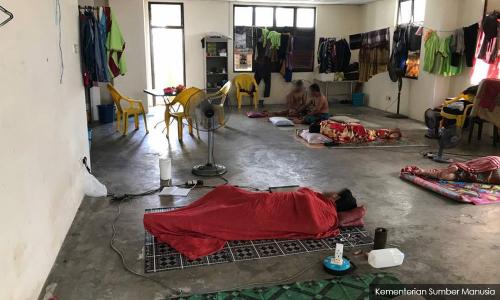COMMENT | Dire need to address living conditions of migrant workers
COMMENT | The first confirmed Covid-19 case in Malaysia was on Jan 25, 2020. After several months of dedicated efforts, we flattened the curve, and on Jul 1, we witnessed one new case only, the lowest daily infection ever.
We were relieved and thought that the pandemic was over. However, due to the Sabah election, we found ourselves in an unfortunate situation of a new wave of Covid-19. Even after the decrease of new cases in Sabah, Peninsular Malaysia is witnessing a tremendous spike in Covid-19 cases and, this time around, it was found that migrant workers were the primary source of infection.
As affirmed by the World Health Organisation (WHO) and the International Labour Organisation (ILO), migrant workers are one of the highly vulnerable groups of people. Their vulnerability is exacerbated by their poor living conditions.
Migrant workers in huge industries normally live in dormitories which are cramped, with shared bathrooms and lack of basic sanitation. How can these dormitories guarantee hygiene standards and physical distancing that are required to prevent Covid-19?
This is actually not the worst-case scenario. They can be assumed to be lucky as they have at least proper accommodation for living.
For migrant workers in small industries, construction sites, or plantations, they would not even have proper accommodation. Many have to sleep on the upper floors of the factories or live in old warehouses or containers and other makeshift accommodations on work sites...
RM12.50 / month
- Unlimited access to award-winning journalism
- Comment and share your opinions on all our articles
- Gift interesting stories to your friends
- Tax deductable
